ISSN ONLINE(2319-8753)PRINT(2347-6710)
ISSN ONLINE(2319-8753)PRINT(2347-6710)
| Abhilash Kumar, R. SaravanaSathiyaPrabhahar Mepco Schlenk Engineering College, Sivakasi, Tamilnadu India |
| Related article at Pubmed, Scholar Google |
Visit for more related articles at International Journal of Innovative Research in Science, Engineering and Technology
Attaching rib turbulators to a flow passage is an effective means of enhancing heat transfer. Rib turbulators are effectively used in serpentine cooling air channels for the internal cooling of turbine blades. Periodic ribs are frequently employed to enhance the heat transfer process in various cooling passages. The reason that ribs increase the fluid flow turbulence near the wall and disrupt the laminar boundary layer to enhance the heat transfer. The other reason is that the ribs also increase the heat transfer area. However, the thermal/hydraulic performance of the ribs is affected by many factors including the holes in a rib, size and spacing. The present investigation involves the numerical analysis of heat transfer characteristics of a square channel roughened with plain, rectangular perforated ribs of rounded corners and elliptical perforated ribs in the flow direction on two opposite walls. The model is created using GAMBIT 2.4.6 software. Numerical simulations were performed using the CFD software package ANSYS 14.5 FLUENT. Turbulence closure was achieved using the shear-stress transport (SST) k-ω model. From this, the heat transfer characteristics of plain, rectangular perforated ribs of rounded corners and elliptical perforated ribs were plotted.
Keywords |
| Ribs, Hole shapes, Shear-stress transport (SST) k-ω model |
INTRODUCTION |
| In the advanced gas turbines of today, the turbine inlet temperature can be as high as 1500°C. However, this temperature exceeds the melting temperature of the metal air foils. This high temperature within the blade material causes thermal stresses.The use of ribs to enhance the heat transfer is very important in modern advanced gas turbines.Ribs increase the fluid flow turbulence near the wall and disrupt the laminar boundary layer which ultimately enhance the heat transfer. Ribs also increase the heat transfer area. |
| S. Caliskan[1]investigated the heat transfer and flow characteristics under impingement of a multiple circular jet array with perforated rib surfaces (PRS) and solid rib surfaces (SRS). Correlation has been developed for the average nusselt number for the perforated rib surface and total area. The investigation reports that perforated ribs gives better heat transfer coefficient than solid one.C. Nuntadusit et al.[2]determined the heat transfer and flow characteristics in a channel with different types of perforated ribs. The effects of perforation/hole inclination angle (θ=0°, 15° and 30°) and a location of hole on the rib has been examined. The result reveal that perforated rib considerably improve the heat transfer compared to solid one, resulting in superior overall heat transfer performance.Wei Peng et al.[3]experimentally and numerically investigated the convection heattransfer in channels with different types of ribs. It was found that Vshaped ribs have better thermal/hydraulic performance than 90° ribs and 45° V-shaped ribs have the best thermal/hydraulic performance. It also shows the comparison of the continuous ribs and interrupted ribs and concluded that the heat transfer performance with Vshaped interrupted ribs was lower than with the V-shaped continuous ribs. Giovanni Tanda[4]investigated the effect of ribspacing on the heat transfer and friction in a rectangular channel with 45° angled rib turbulators on one/two walls and found out the optimum value for the rib pitch-to-height ratio for one/two ribbed-wall channel.S.Skullong et al.[7]experimentally investigated airflow friction and heat transfer characteristics ina square channel fitted with different rib heights turbulators for the turbulent regime, Reynolds number of 4000-40,000. It was found that the use of in-line ribs provides considerable heat transfer augmentations, Nu/Nu0 = 2.6. Nusselt number augmentation tends to increase with the rise of Reynolds number.Thakur Sanjay Kumar et al.[8] carried out an experimental study for the enhancement ofheat transfer coefficient of a solar air heater having roughened air duct provided with artificial roughness in the form 60° inclined discrete rib. Based on the experimental results of heat and fluid flow in a rectangular duct with 60° inclined discrete rib roughness on one broad wall, it was observed that the roughened surface yield maximum increase in nusselt number and friction factor.M.R. Shaeri et al.[5]reviewed the heat transfer from a three dimensional array of rectangular perforated fins with square window that are arranged in lateral surface of fins. Computations are carried out at Reynolds number of 2000-5000 based on the fin thickness and Pr=0.71. The results showed that the perforate fins had higher heat transfer and weight reduction compared with solid fins. |
| The present paper presents a numerical investigation of the heat transfer in a plain, perforated ribbed channel with rectangular with rounded corner and elliptical holegeometries. Gambit software is used for solid modelling and Ansys Fluent is employed for analysis. These results are useful to improve the designs of the internal cooling passages in gas turbine blades. |
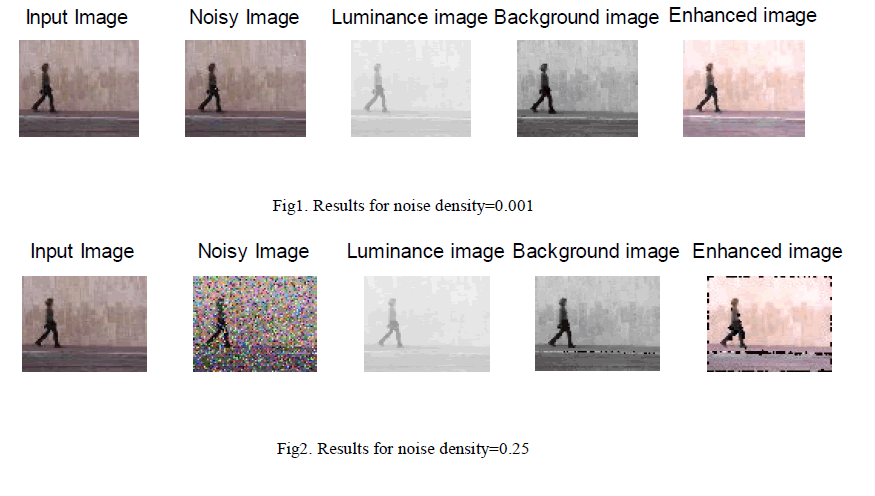 |
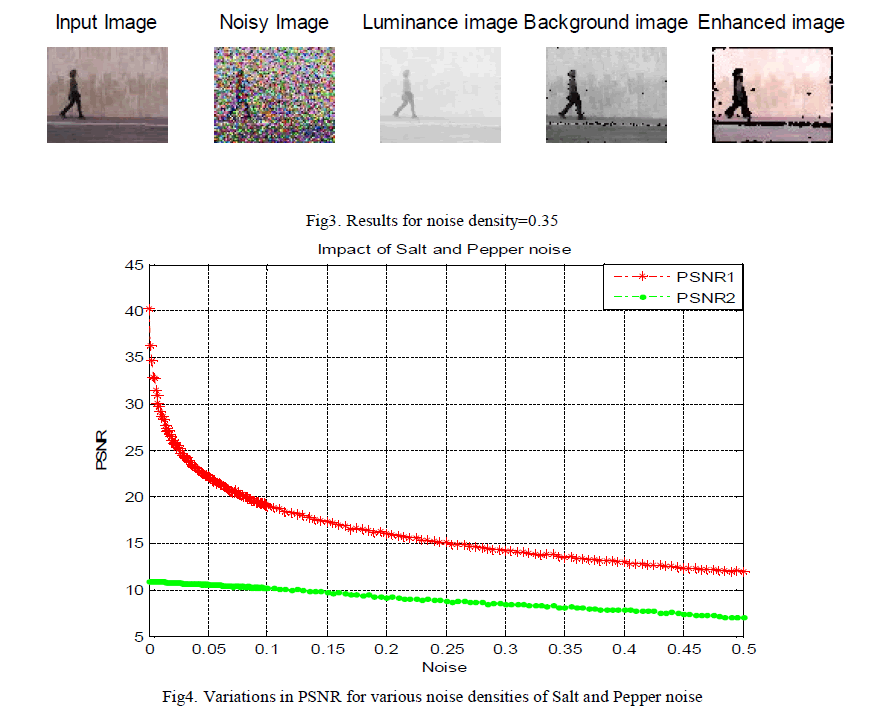 |
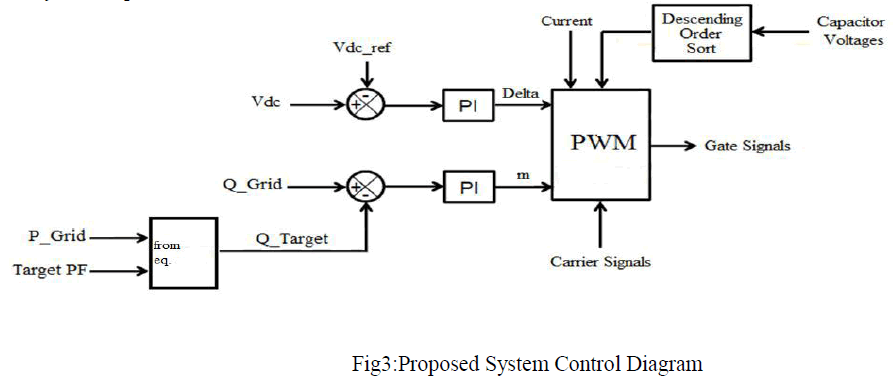 |
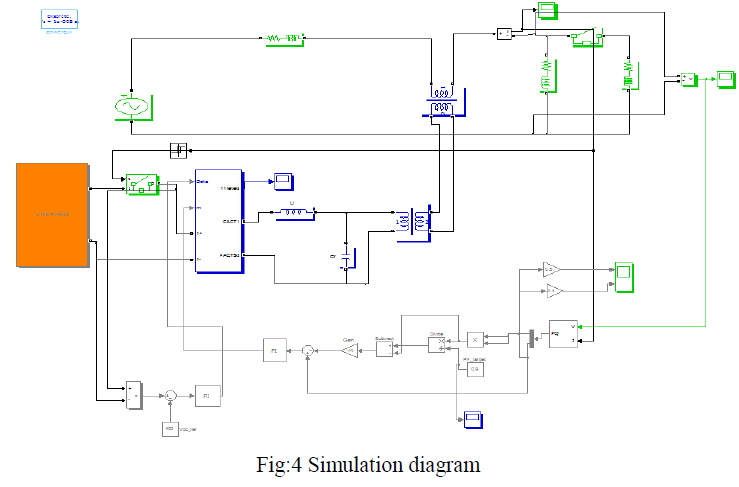 |
| BOUNDARY CONDITION |
| Fluent has a wide range of boundary condition that permits the flow to enter and exit in the physical model. Mass flow, inlet boundary condition is not necessary to be used in incompressible flows, because the density is constant.So in the present investigation the physical model inlet has been considered as velocity-inlet, outlet has been considered as out-flow. Inlet boundary conditions have fixed the mass flow. Wall boundary conditions are used to bounce the fluid and solid regions.In the present work the perforated ribs are attached with on one/two opposite walls of the square channel where constant heat flux is applied, other two sides are insulated.The shear stress and heat transfer between the fluid and wall are computed based on the flow details in the local field. |
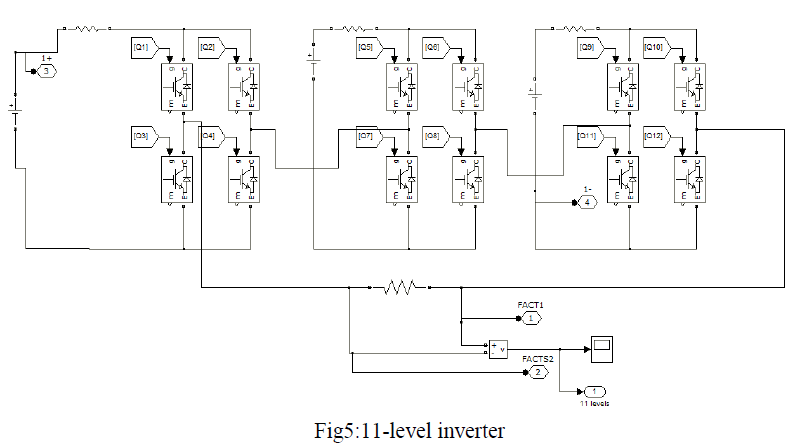 |
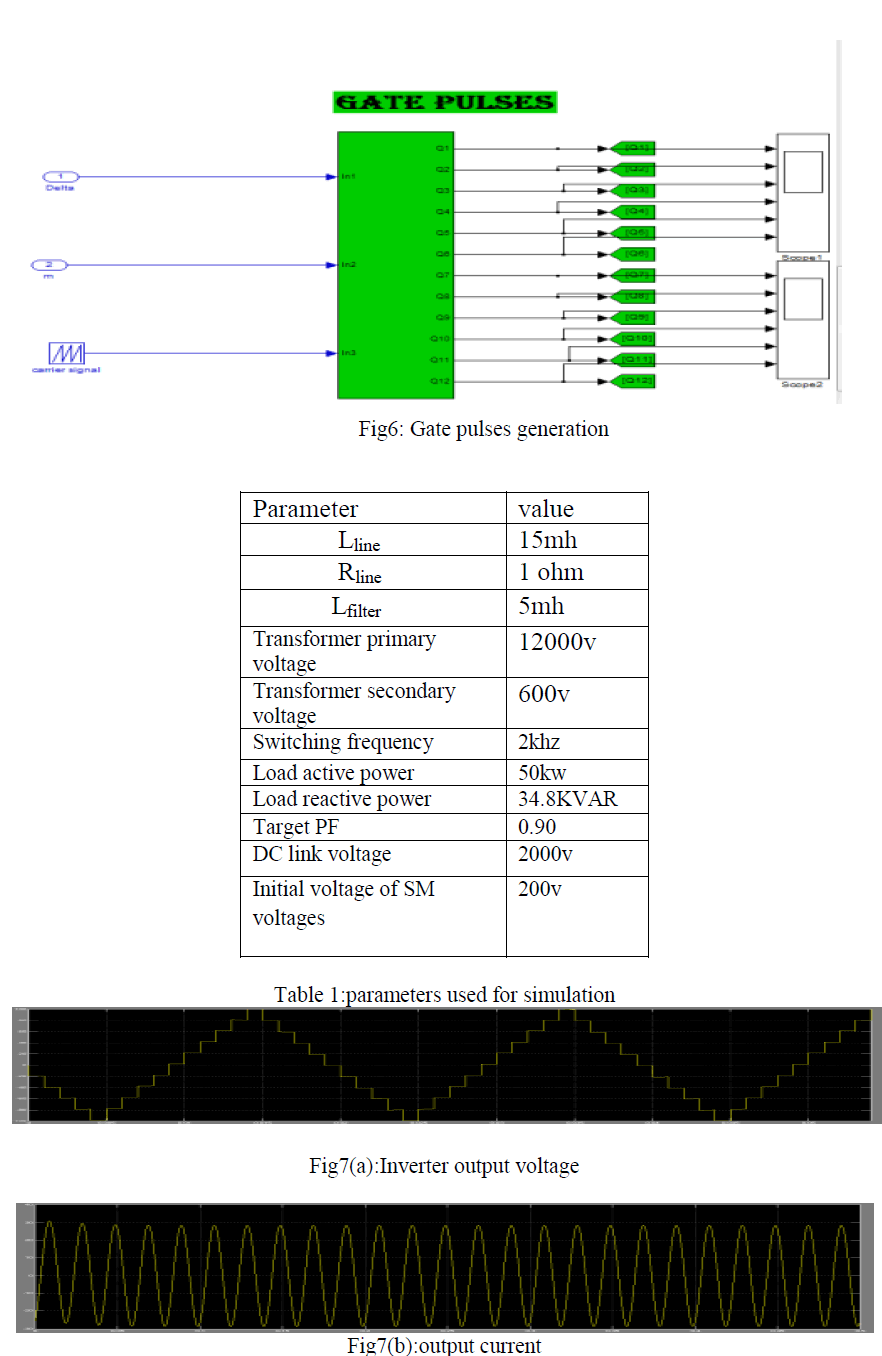 |
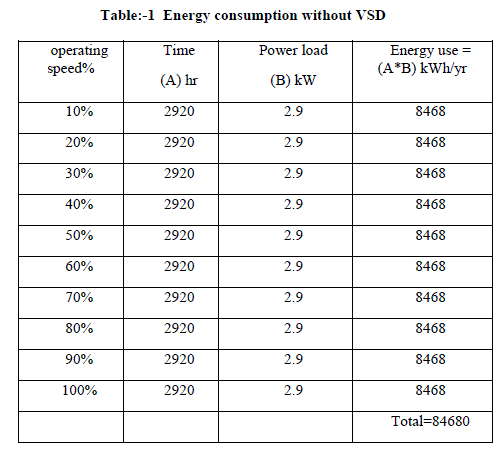 |
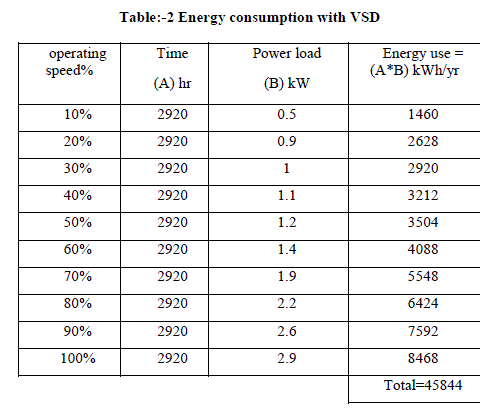 |
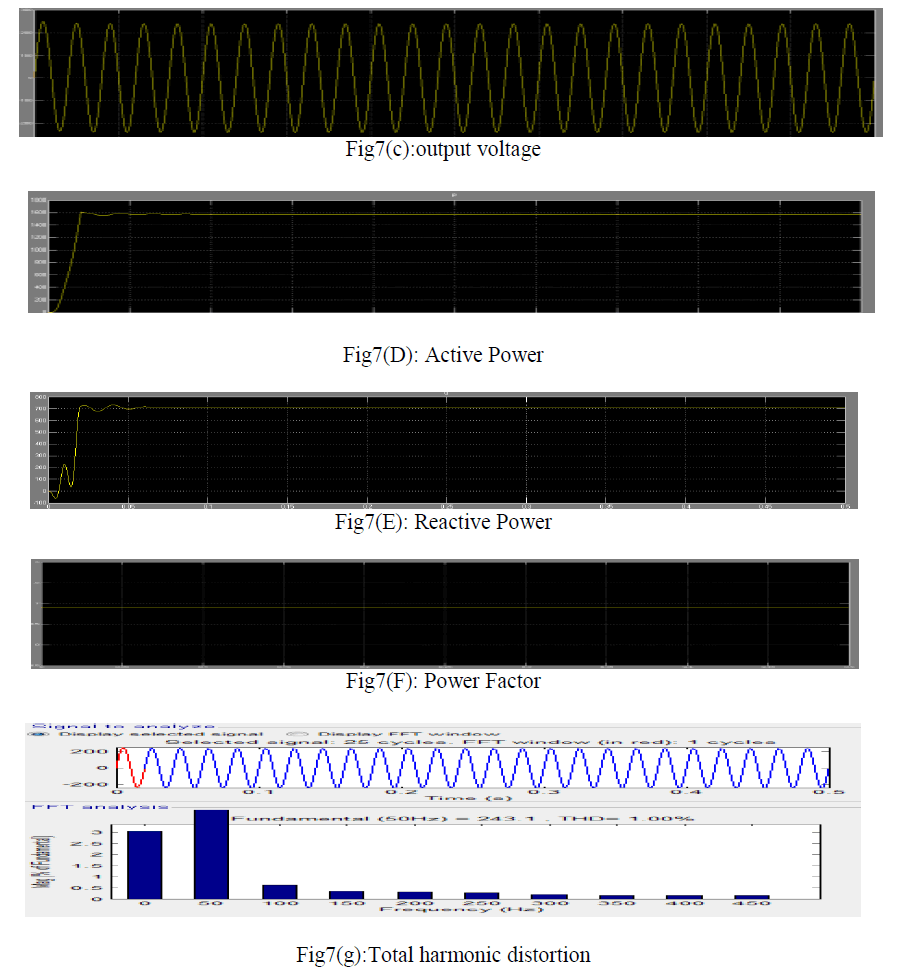 |
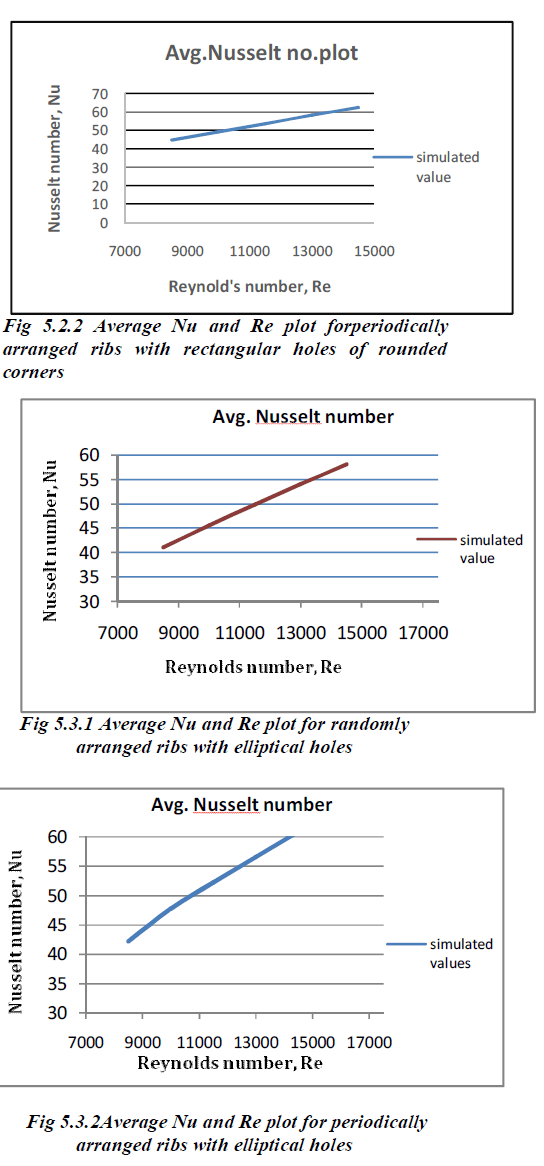 |
CONCLUSION |
| The heat transfer characteristics of plain, rectangularholes with rounded corner perforated ribs and ribs with elliptical holes on two opposite walls in the channel for Reynolds numbers ranging from 8500 to 14500 have been investigated numerically with the help of ANSYS-FLUENT software. Based on the numerical results, the following conclusions are drawn: For the various range of Reynolds number studied, the rectangular perforation with rounded corner exhibits best results than others as in case of rectangular with rounded corners there is no sharp corners and so no accumulation of heat at corners. Similarly, for the various range of Reynolds number studied, the periodically arranged ribs onto the channel gives good result compared with randomly arranged ribs because it creates more turbulence than the randomly arranged ribs. Thus, the local heat transfer is dependent on the ribs perforation. |
References |
|